How to Protect Your Local Pollinators in Ten Easy Ways
As the first annual World Bee Day looms, insect and garden lovers are abuzz with excitement
/https://tf-cmsv2-smithsonianmag-media.s3.amazonaws.com/filer/fc/4d/fc4d17a5-393e-4267-9369-c311ef926b4d/bee1.jpg)
Like many of the vital insects contributing daily to our biosphere, bees tend to get a bit of a bad rap in modern life. We think of them myopically, holding grudges over poolside stings and picnic disruptions yet completely oblivious to the hard work the little guys put in day in and day out, enriching their ecosystems and our own. As they harvest nectar, bees transport pollen from plant to plant, fostering reproduction among a sweeping array of flora—90 percent of flowering plants depend on pollinators—and keeping our planet and diet diverse in the process.
Given bees’ unfairly negative reputation, we should all do a little waggle dance for the first annual World Bee Day on May 20, proposed via an official United Nations resolution put forward by the Balkan nation of Slovenia. A historical mecca for beekeeping (not many countries can boast a robust “apitourism” industry), Slovenia pitched the celebration as a means of calling attention to the importance of conserving bee life worldwide.
Smithsonian horticulturalist James Gagliardi, who will be flying to Slovenia under the aegis of the U.S. State Department as an ambassador of American conservation efforts, is eager to contribute to the festivities and to raise awareness both internationally and at home of the significant role that bees play in our everyday existence. One project he will be promoting is the Million Pollinator Garden Challenge, whose website reminds visitors that fully one in three bites of food that humans eat each day is the result of pollinators’ interactions with plants, and invites them to register their own pollinator gardens in a race toward one million.
Those who rise to the challenge receive the satisfaction of seeing a dot of their own added to the existing global map of registered pollinator gardens (nearly 700,000 and counting); those without the wherewithal to found a garden are asked to encourage their local public gardens to register, and to raise awareness of the campaign in their communities.
One shining example of such a bee-friendly space is the Smithsonian’s own Pollinator Garden, situated alongside the National Museum of Natural History. Home to more than 230 species of plants and a balanced assortment of insects—bees prominent among them—the garden is bestrewn with colorful placards educating summer strollers as to the wonders of pollination and the tiny creatures responsible. These placards, translated into Slovenian, will be presented by Gagliardi during his stay in the capital city of Ljubljana.
In the spirit of World Bee Day, Smithsonian entomologist and plant health specialist Holly Walker and horticulturalist Sylvia Schmeichel, who together oversee the Pollinator Garden, sat down with Gagliardi to brainstorm bee-friendly tips that gardeners across America can put into practice immediately and with little hassle. Here is their list of the best ways in which to make your backyard a bustling pollinator metropolis:
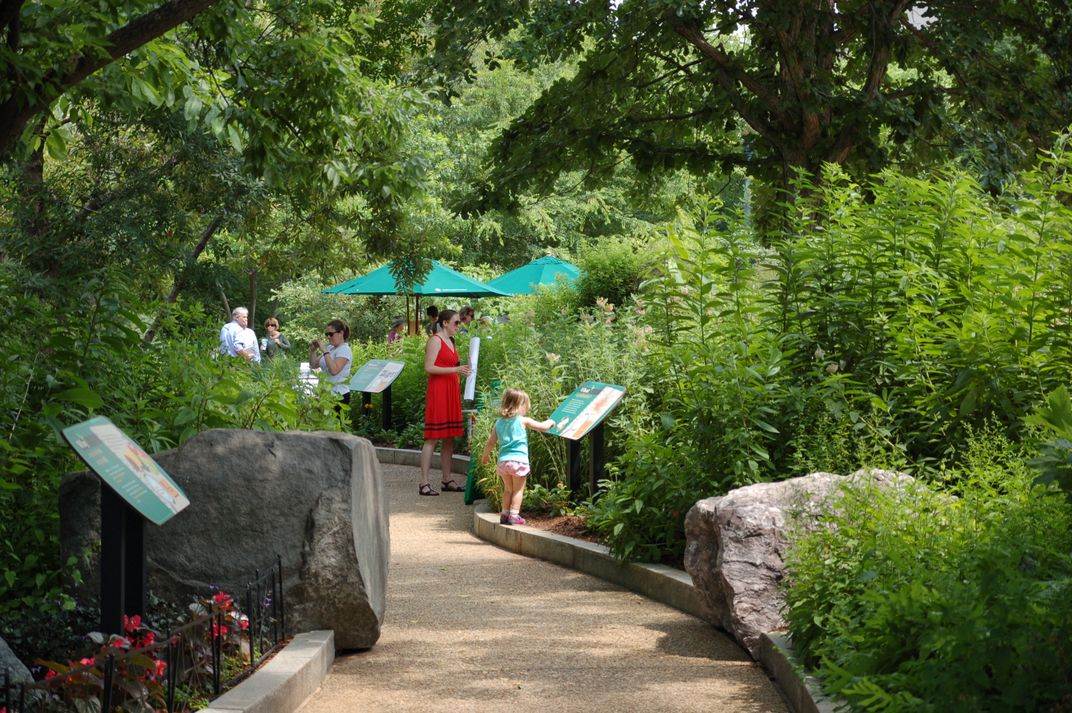
1. Grow more gardens, fewer lawns
The sprawling bright green lawn has long been a fixture in the dream of American suburban utopia, but when it comes to supporting bees and their pollinating brethren, plain old grass is effectively a waste of space. “A lot of the time, lawns are food deserts for insects,” says Holly Walker. “If you can carve out more niches for flowering plants—particularly pollen-producing plants—that’s such a big deal.”
By way of example, James Gagliardi calls attention to Washington, D.C.’s famous National Mall, whose low-cut grass affords visitors lovely unobstructed views and the opportunity to mingle, but denies pollinators and plants the chance to thrive. “It’s one big monoculture,” he says. Gagliardi understands the utility behind a place like the Mall, of course, but he is glad that the Smithsonian’s gardens are also in that vicinity as a counterweight, to provide a home to the bees and other valuable bugs scrounging for food in the region. “We’re able to have these two blend together in the urban atmosphere of Washington,” he says, and you should make sure to complement your own lawn with ample garden too.
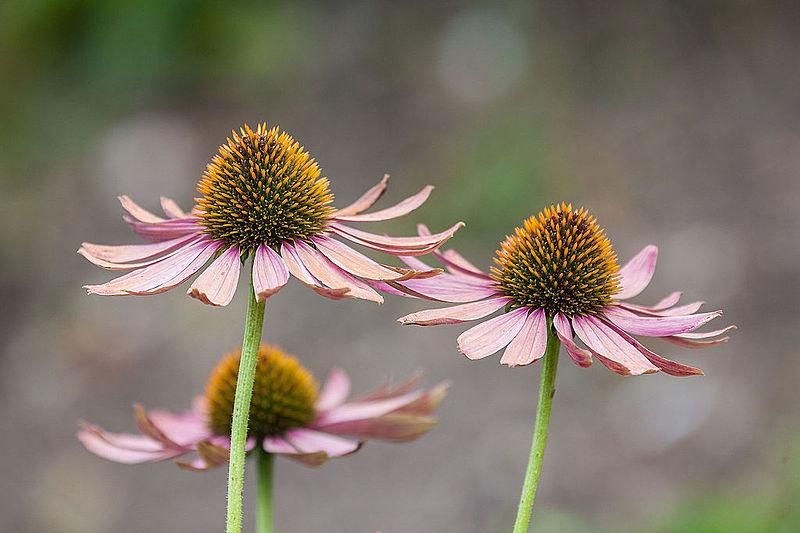
2. Plant native flowers
Planting locally indigenous plant species in your garden is win-win: you get to show off your hometown pride while simultaneously looking out for all the authentically American bees and other insects that are too often overshadowed by the ubiquitous nonnative honeybee. Oftentimes, flowering plants and pollinators evolve in tandem to optimize their mutualistic relationships. This means that introducing native plants to your garden will lead to a boost in pollinator efficiency, and will help perpetuate species diversity across the board.
“It really is neat to see local bees and native bees doing what they do best on the local and native plants,” says Walker—especially since many of the native species out there bear little to no resemblance to the honeybees and bumblebees we picture when someone mentions bees. “A lot of them are very small little guys,” Walker says, “and they’re very metallic-looking in some cases. Some of them are racecar green.” Walker is enthused about the idea of getting gardeners on friendlier terms with bees of all shapes and sizes. “They’re not what comes to mind, but they’re doing an important job too, and they’re very efficient.”
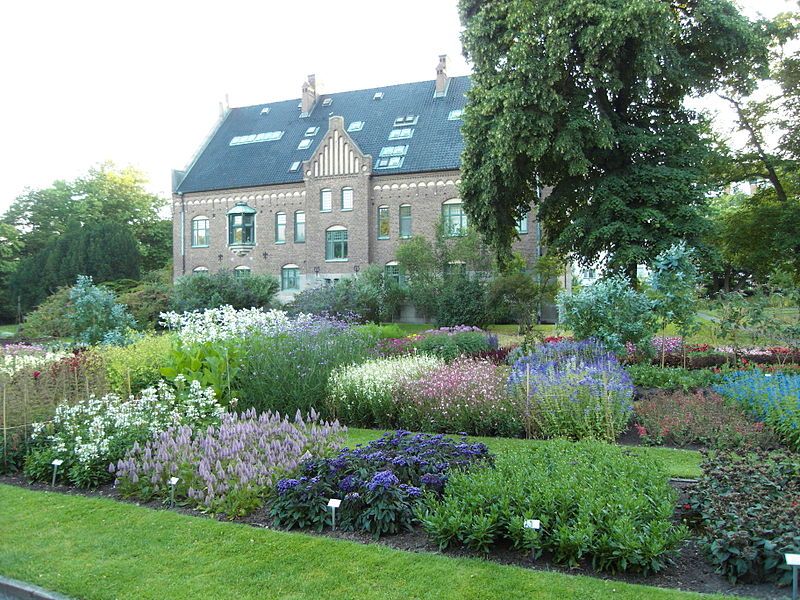
3. Diversify your gardens in size, shape and color
When working to improve the well-beeing of your garden’s insects, the old adage “variety is the spice of life” is one you should take to heart. Just as bees themselves come in all shapes and sizes, so too do the plants that attract them. “We want to appeal to all our native bees, big and small,” Walker says, and that means growing plants of different shapes and heights, with flowers of different hues.
At the end of the day, Walker explains, it’s a simple principle: “higher diversity of plants, higher diversity of insects.” A more diverse garden is more resilient to disturbances like diseases, and contributes more to the broader food web of a region than a one- or two-plant plot ever could. “It means there’s more balance in the ecosystem,” says Walker, “and more food sources for other things.”
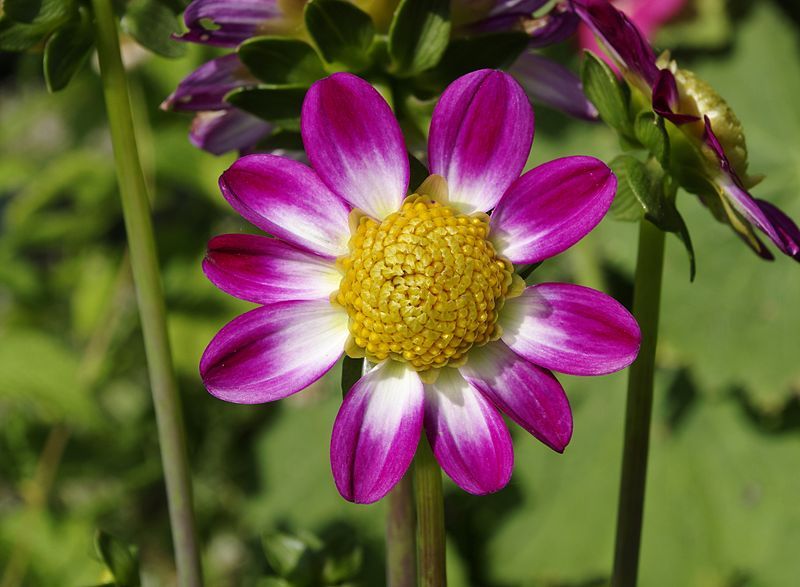
4. Take full advantage of the blooming season
We all know that April showers bring May flowers, but let’s not forget about the June to October flowers. By planting a mix of pollinator-friendly species with staggered bloom times, you can keep bees coming to your garden from spring through fall.
And in winter, don’t feel like you need to remove all of your plant detritus. Some pollinating insects in need of shelter from the cold actually thrive in leftover plant matter, Gagliardi explains. “We’re trying to teach a new aesthetic of leaving plant materials behind in the winter,” he says, “because there are things overwintering in it.” He understands the desire for a visually appealing garden, but maintains that this “more wild look” is beautiful in its own way.
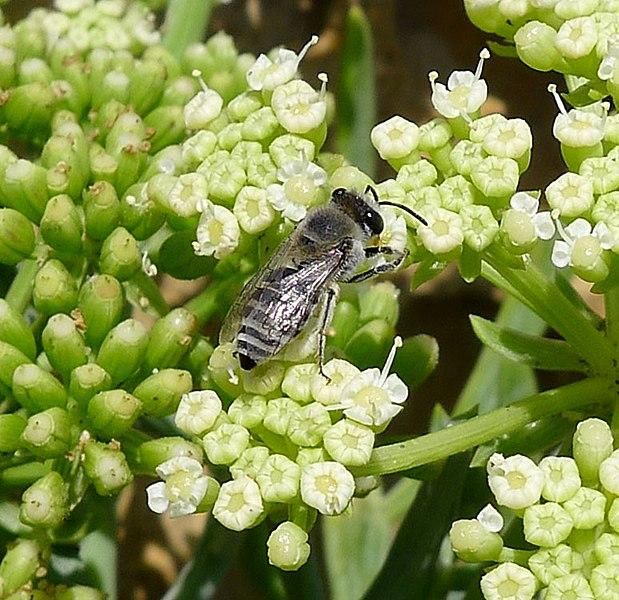
5. Create habitats for nesting bees
The idea of redefining garden beauty standards extends beyond winter. All throughout the year, pollinators are looking for habitats to call home, and you can help provide those if you make a little extra effort and embrace the wilder look Gagliardi advocates.
Holly Walker notes that many species of bees reside not in hives, but rather underground. “You should leave a little bit of bare ground,” she says, “ or even make little sandy areas for them, because that’s what they like to burrow into.” By a similar token, it’s easy to cater to the needs of wood-tunneling pollinators by leaving old hollow stems and other accommodating bits of wood out for their use. Walker thinks this a fulfilling exercise for any gardener looking to sustain animal life. “You’re creating habitat for these guys,” she stresses. “You’re being involved with it.”
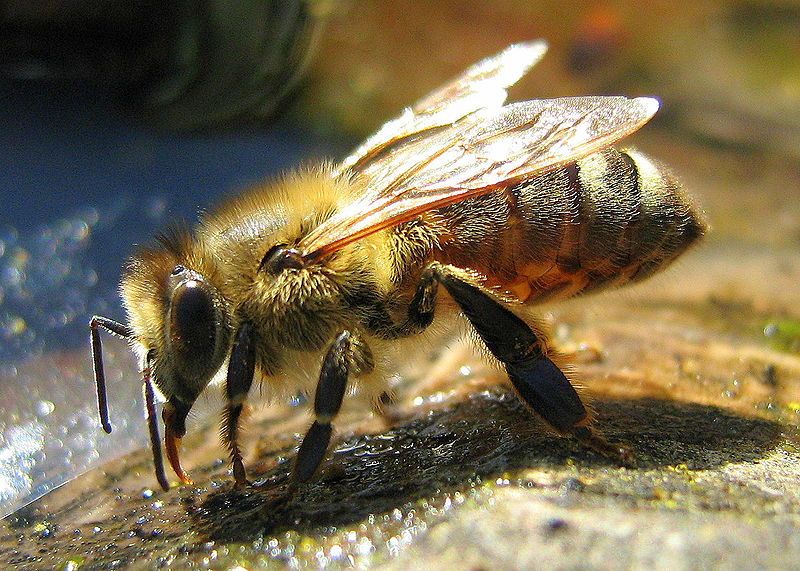
6. Provide sources of water
Anyone who grew up with a pool or birdbath out back can tell you that bees appreciate water. Water helps bees digest their food, and when conveyed home to a hive it serves several additional functions. Water can be used to regulate humidity among a colony of bees, and water brought back by multiple bees can be evaporated to generate an improvised air conditioning effect in the sweltering heat of summer.
Since bees (and other insects) are often on the lookout for water, you’d be turning away potential customers to your garden by neglecting to install little puddles, ponds or fountains. Walker points out that butterflies will grace your garden too if you go the extra mile with H2O.
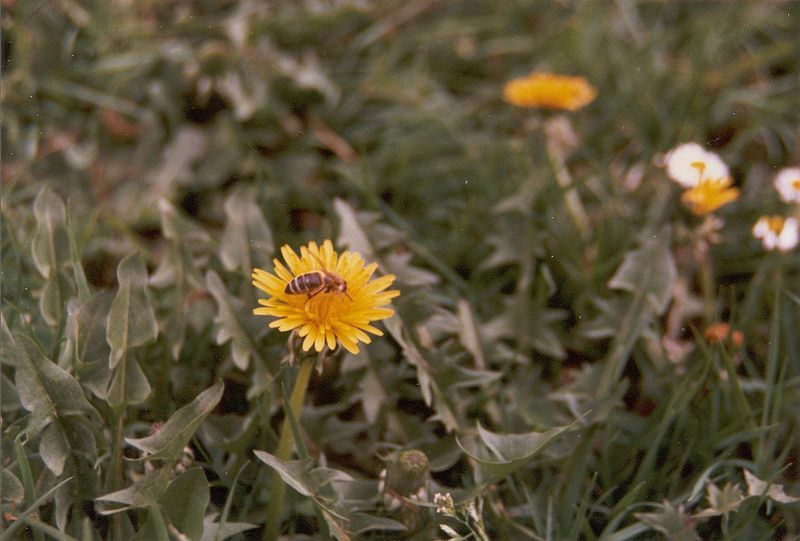
7. Don’t mow so often
Fed up with mowing your lawn constantly? By all means, give it a rest. Not only will spending less time making your tedious rounds be a boon for you, it will also give insect life the opportunity to establish a toehold in what would otherwise be an environment impossible to thrive in. As you’ll recall from the first item on this list, lawns aren’t very helpful to bees as a rule, but if you must have a lawn, being a little less militant with your mowing works wonders. Smithsonian gardening buffs suggest that mowing every two to three weeks will keep your grass tidy while still allowing pollinators enough time to capitalize on what flowering plants do crop up before they disappear.
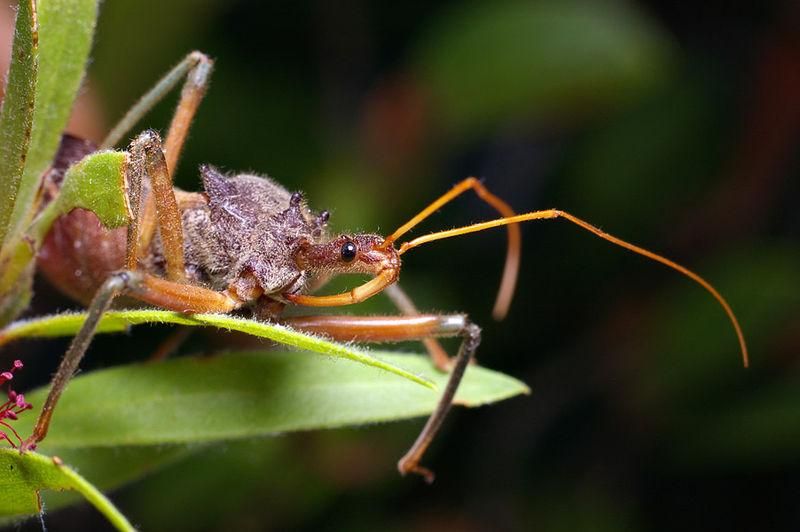
8. Avoid pesticides
Spraying pesticides liberally may seem like a quick and easy solution to keeping garden maintenance hassle-free, but doing so can come at a severe cost. “When researchers go in and do surveys of beehives and honey,” Holly Walker says, “they’re finding traces of fungicides, herbicides and pesticides in there.” In other words, bees are picking up harmful substances in gardens and bringing those substances back to their homes—sometimes with disastrous results.
How can you keep those pesky aphids and mealybugs in check without pesticides? Counterintuitively, Walker says the best solution is adding more insect species to the mix rather than removing existing ones. “If you allow other insects, natural enemies—ladybugs, praying mantises, parasitic wasps and predatory mites—into your garden,” she says, “they actually do a very good job of controlling the ones you don’t want.” She’s put this philosophy into practice at the Smithsonian’s Pollinator Garden, and has been delighted with the results. “I’m constantly releasing more insects into our garden,” she says. “I love putting more insects out.”
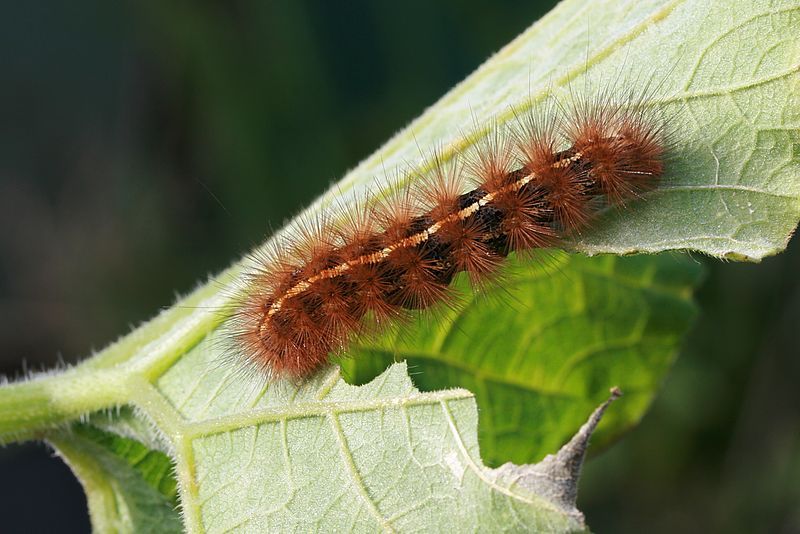
9. Learn to love imperfection
Welcoming bees into your garden, while certain to enliven and strengthen it, will also force you to abandon the ideal of visually pristine leaves and soil. For James Gagliardi, the trick is to recognize that “imperfections” in your plants are in actuality something to take pride in, for they indicate that the resources you’ve cultivated are not going to waste.
“We want to see damage on a leaf,” he says, “because, as we know, the hungry caterpillar needs to eat to turn into the beautiful butterfly. If every leaf is perfect and not eaten away, that process is not coming along.” Sylvia Schmeichel agrees that a shift in perspective is what’s needed more than anything. “Even if it’s a ‘bad bug’ that’s chewing on your plant, that doesn’t mean it’s a bad thing in the end,” she says. “What we teach is: figure out what it is, and see if you can leave it be.”
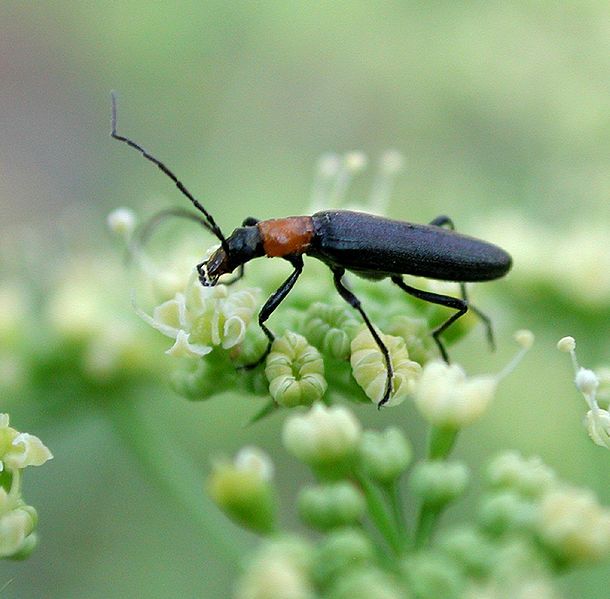
10. Bees are awesome, but so are other pollinators
Smithsonian garden gurus are excited bees will be getting their moment in the spotlight this weekend, but they are also quick to point out that bees aren’t the only pollinators we should be looking out for. “Most people think of bees,” says Gagliardi, “but we want to promote moths and flies and beetles and all those good things too.” Insects tend to be stigmatized as icky and invasive, but all over the world, they are doing the quiet small-scale work needed to keep the biosphere on track.
If we fail to look out for our pollinators, Schmeichel says, the consequences are clear. “Our diet would not be as rich, and our world would not be as beautiful and diverse, if we did not have them.”
/https://tf-cmsv2-smithsonianmag-media.s3.amazonaws.com/accounts/headshot/DSC_02399_copy.jpg)
/https://tf-cmsv2-smithsonianmag-media.s3.amazonaws.com/accounts/headshot/DSC_02399_copy.jpg)